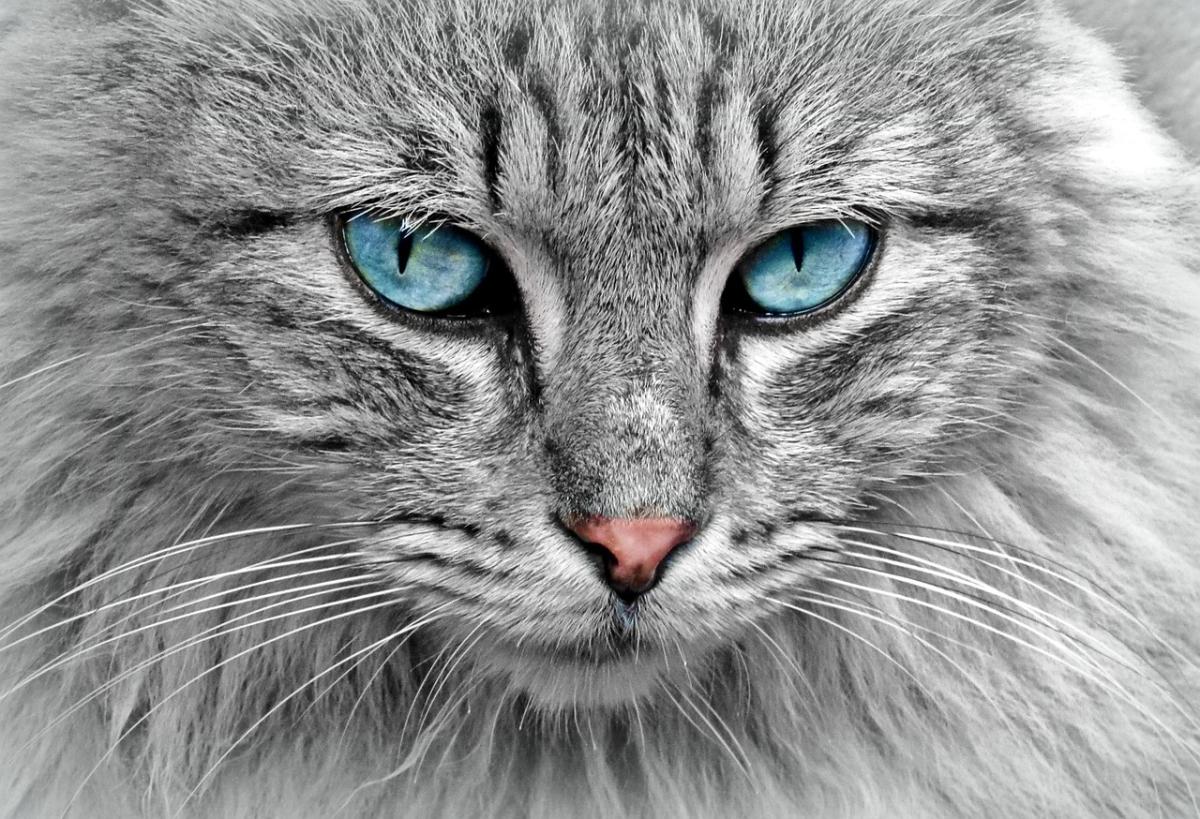Domestic cats have an interesting backstory that takes us from wild hunters to beloved house pets. Did you know that our feline friends descend from a group of wild cats known as the African wildcat? These stealthy creatures roamed the land, hunting small rodents and birds, just like your cat might do today.
Over time, people began to notice how useful these wild cats were in keeping their homes free of pests. This partnership blossomed as humans started to provide food in exchange for pest control. Soon, those wildcats became more comfortable around people, and gradually, they domesticated themselves! Isn’t that amazing?
Unlike dogs, who were actively bred for specific traits, cats mostly chose to live with humans to benefit from our scraps. This self-domestication led to a unique relationship where cats became companions but kept many of their wild instincts. You might notice your kitty still loves to pounce and stalk—those are behaviors inherited from their wild ancestors!
Today, you'll find cats in all shapes and sizes, with various personalities that represent this blend of wild spirit and home comfort. Whether they’re lounging in sunlight or engaging in playful antics, domestic cats have truly found their place by our sides, and we wouldn’t have it any other way.
- Understanding Cat Behavior and Communication
Understanding your cat’s behavior can feel like cracking a secret code, but it’s really just about paying attention. Cats communicate in ways that might seem subtle, so let’s dive into some common signals that your feline friend might be sending your way.
First up, let’s talk about the all-important tail. A cat's tail can reveal a lot about their mood. When it's held high, it means your kitty is feeling confident and happy. A flicking tail, on the other hand, might indicate irritation or excitement—kind of like a little warning sign! And if the tail is tucked between the legs, your cat may feel scared or anxious.
Now, don’t underestimate vocalizations! Cats have a whole range of sounds—from soft purring to loud meowing. Each meow can mean something different: “Hey, I'm hungry!” or “Let’s play!” And don’t forget the classic “chattering” sound they make when they spot birds outside—it’s their way of expressing frustration or excitement.
Body language plays a huge role too. A relaxed cat will often lie on its back, exposing its belly. This is their way of saying they trust you. But if your cat suddenly switches from snuggly to swatting, it might be a sign that they’ve had enough and need some personal space. Always pay attention to those subtle clues to keep your relationship on the right track!
- Popular Breeds and Their Unique Traits
When it comes to domestic cats, certain breeds stand out not just for their looks but also for their unique personalities and quirks. Let's dive into some of the most popular breeds and what makes each of them special!
Siamese: With their striking blue almond-shaped eyes and sleek coats, Siamese cats are known for their talkative nature. These little social butterflies thrive on interaction, making them perfect companions. If you enjoy a cat that follows you around the house and "chats" with you, a Siamese might be your best match.
Maine Coon: Bigger than your average kitty, Maine Coons are like the gentle giants of the cat world. They are friendly, playful, and love being part of the family. Their tufted ears and bushy tails are adorable, but it’s their affectionate personalities that really steal the show. They get along great with kids and other pets, making them a great choice for families.
Bengal: If you're looking for a cat that resembles a wild leopard, a Bengal could be the one for you. These cats have a stunning coat with unique patterns and are quite active! They love to play and explore, so providing them with plenty of toys and climbing spaces is a must. Bengals are intelligent and can even be trained to do tricks, which adds a fun twist to cat ownership!
Persian: Known for their long, fluffy coats and flat faces, Persians have a calm and laid-back demeanor. They enjoy lounging around and aren't usually as playful as other breeds, making them perfect for more relaxed households. Regular grooming is essential for their beautiful fur, but the cuddly companionship they offer is absolutely worth it!
- Caring for Your Feline Friend
Caring for your feline friend can be as delightful as it is rewarding. Cats, with their quirky personalities and purring companionship, deserve a little extra love and attention. Here are some tips to help you provide the best care for your beloved kitty.
First off, food is a big deal. Make sure you're feeding your cat high-quality cat food suited to their age and health needs. Whether you go with dry kibble or wet food, look for brands that use real meat as the first ingredient. And don't forget about fresh water! Keeping your cat hydrated is super important.
Next, don't skimp on the playtime! Cats are playful creatures, and interactive toys can keep them entertained for hours. Think laser pointers, feather wands, or even just a simple cardboard box. Regular playtime helps keep their minds sharp and their bodies healthy, plus it strengthens your bond.
Lastly, give some thought to their grooming needs. Long-haired cats might need more frequent brushing to prevent mats, while short-haired ones still benefit from a good brush now and then. Regular grooming helps keep their coats shiny and free of loose fur, not to mention it’s a great excuse for some quality cuddle time!

